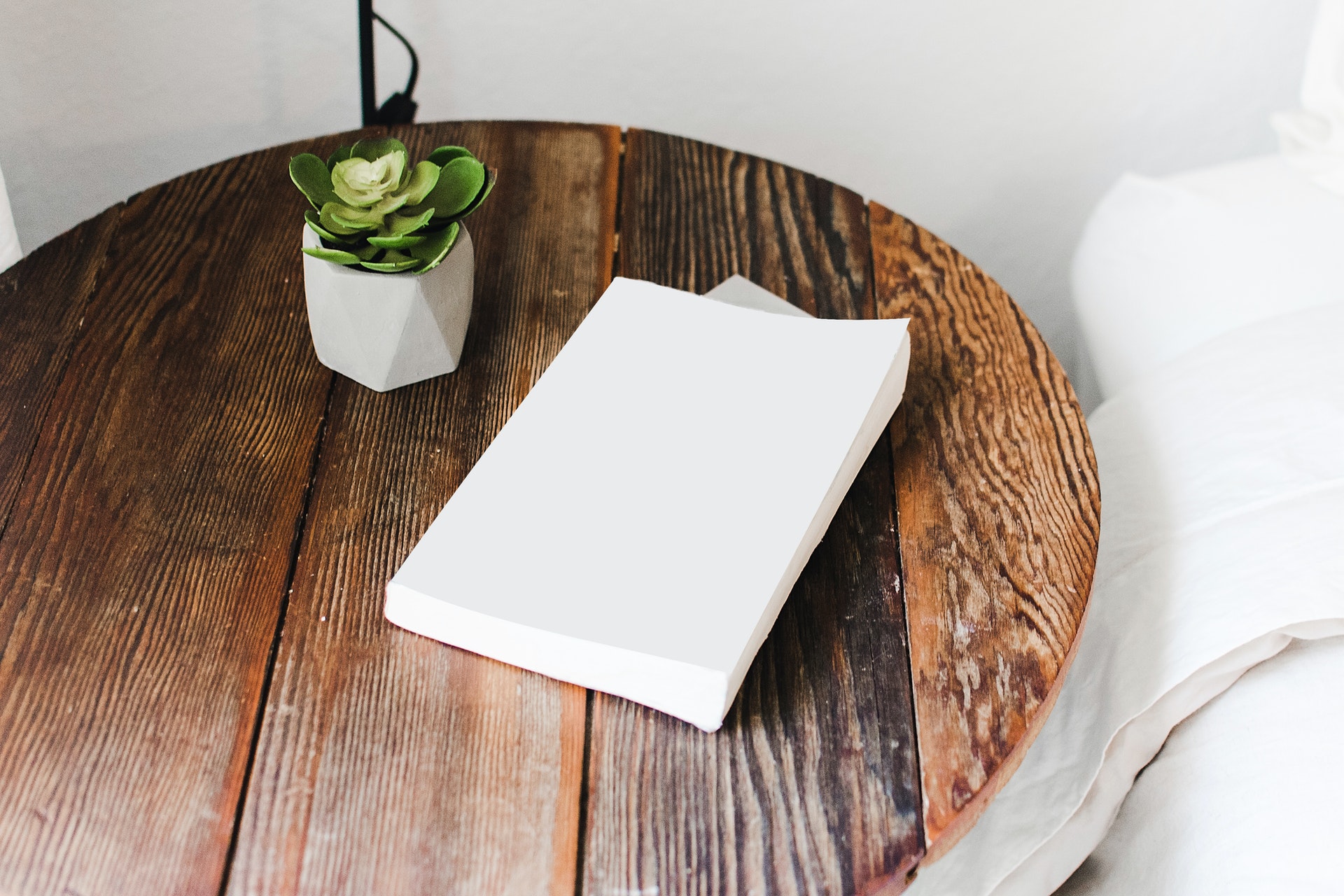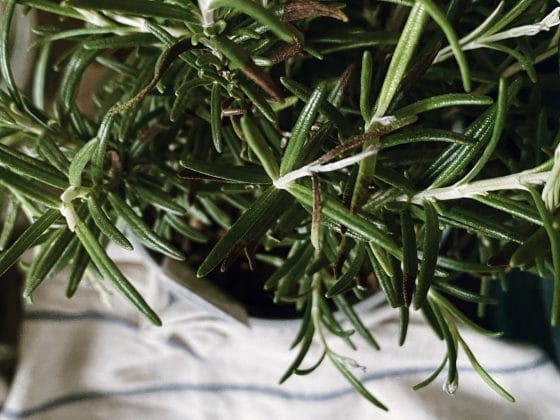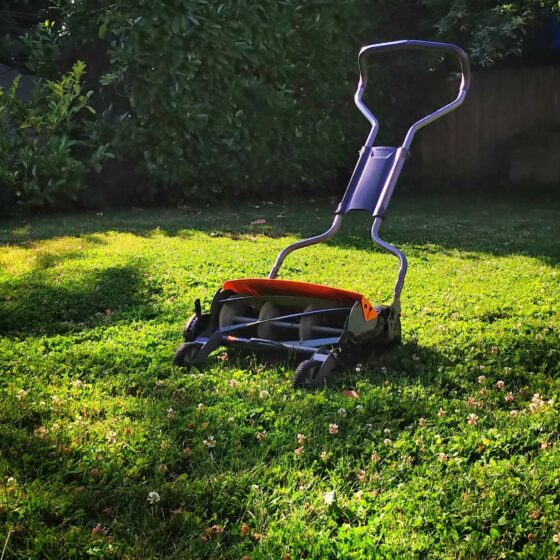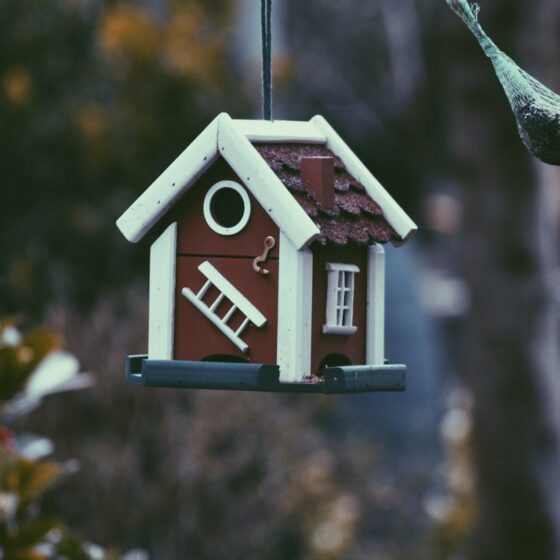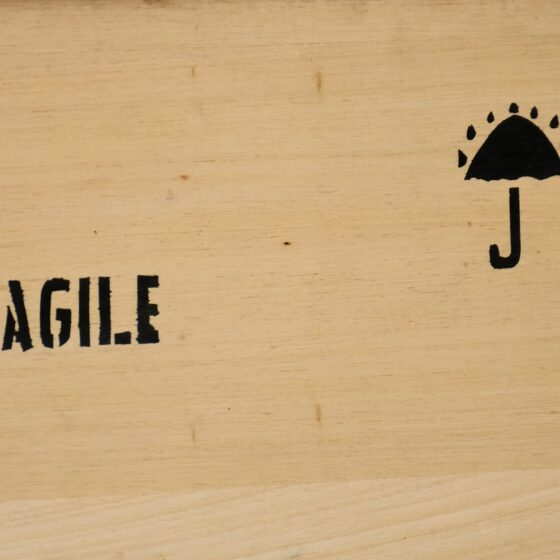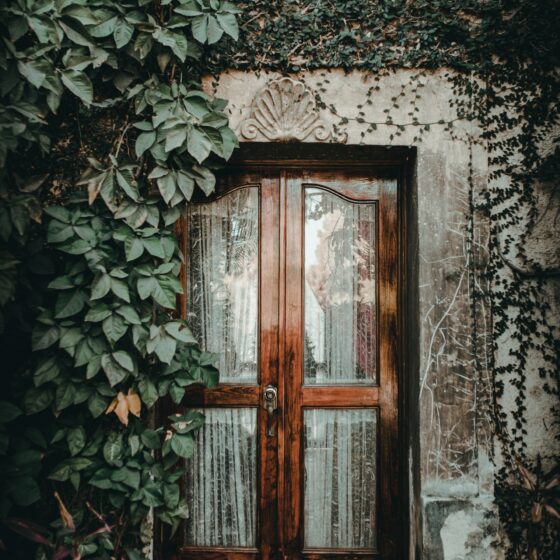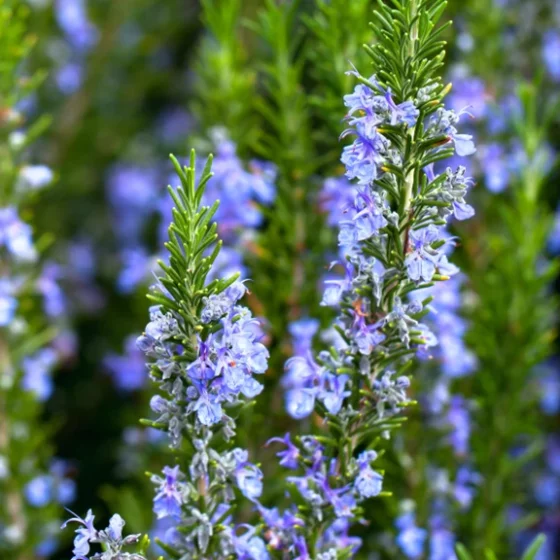Mold can be a huge problem for homeowners, especially during the winter months when the windows are closed and moisture accumulates. If you have mold on your wood furniture or flooring, don’t worry — we’re here to help!
This blog post will teach you how to clean mold off wood in a few easy steps. We’ll also provide tips and tricks to make the job easier and more effective.
Before You Get Started
If you notice nasty mold strains on your wooden floor, furniture, or walls, the best thing to do is deal with them straight away!
Mold can spread extremely quickly, so if you don’t take immediate action and clean mold off wood furniture, plastic, and other surfaces, your entire house can become infested. Plus, molded areas are terrible to look at and dangerous for your health.
Black mold, for example, produces spores that can get into your airways and cause an allergic reaction, respiratory problems, skin irritation, and even death. So, if you believe mold may be growing in your home, don’t wait any longer, and start cleaning it straight away.
The Tools You’ll Need
Cleaning mold off wood requires some tools and materials, most of which are household items you probably already have in your home.
Here’s what you need:
- A bucket of warm water
- A sponge or a rag
- Protective gear (rubber gloves, safety goggles, and a face mask to protect yourself from mold spores and chemical cleaners)
- A brush to scrub the stubborn mold
- A spray bottle
- A vacuum cleaner with HEPA filter (optional)
- 100-grit sandpaper (optional)
- A cleaning solution
Pick the Right Cleaning Solution
After getting all the required equipment, it’s time to think about which cleaning solutions would be ideal for your situation.
If you wonder how to kill mold on wood and what kind of chemical you should use for this, there are a few things to take into consideration:
- The type of fungus
- The type of wood you’re treating
- How big the affected area is
- How deep the fungus has penetrated the wood
1. Identify the Type of Mold
When it comes to eliminating mold, there’s no one-size-fits-all solution! The treatment varies depending on the type of mold.
So, while using only a dishwashing soap solution may be effective against white mold on wood, it definitely won’t be enough if you’re dealing with black fungus.
In that case, you’ll need something much stronger like bleach solution and vinegar or even household cleaners containing ethylene glycol (supermarket aisle).
So, how to find out exactly what type of mold you’re dealing with? While most types of mold are easily recognizable, in some cases, molded growth will have to be sampled and examined to identify the mold species.
Once you know what kind of mold it is, take appropriate steps to clean it and prevent its return. Depending on the type of mold (and the seriousness of the situation), there are two ways to approach cleaning mold off wood and choosing the right cleaning solution:
- Trial method — try multiple cleaning agents. If the mold keeps coming back, try another one.
- Hire professionals to deal with the mold. Contact a local hardware store or pest control company to find out what kind of chemical is best for cleaning the specific type of mold in your home.
2. Don’t Underestimate the Surface Area
Not every mold problem can be resolved with a DIY spray and a scrubbing brush. For mold growth on surfaces of more than 10 sq. ft., EPA’s official recommendations are to hire professional help.
If you’re not fully trained in cleaning mold off the wood on a large surface, you might end up creating a bigger problem. You could spread spores to other rooms, damage the wooden surface, or even hurt yourself in the worst-case scenario.
3. Pay Attention to the Type of Wood
For a porous wooden surface, you’ll need deep-cleaning agents like TSP (tri-sodium phosphate) to scrub off the mold and get rid of any dirt or grime that was left behind.
Removing mold from wood with vinegar is also a good idea. Vinegar is moderately acidic and can penetrate porous surfaces and act on the root of molds, preventing them from regenerating once the conditions are favorable.
On the other hand, you can use a borate solution and bleach to clean mold off non-porous wood like plywood or hardwood. Borax is a type of salt that can effectively control and prevent mold growth on every wooden surface.
Cleaning Mold Off Wood Furniture
If you’re dealing with mildew on wood furniture protected with paint, the mold is probably only on the surface.
In this case, the mold growth can be removed by exposure to direct sunlight or with cleaning agents like distilled white vinegar, dish detergent, or borax.
That said, the best way to remove nasty mold stains off your comfy reading chair is to use a commercial mold-remover designed specifically for this purpose.
If the mold is particularly stubborn, you can use a diluted bleach solution (but make sure to test it on an inconspicuous area first to avoid staining). Use about two cups of bleach for every gallon of water.
Cleaning Mold Off Hardwood Floor
Trying to clean mold off the wood floor is a bit trickier since you have to be especially careful not to damage it. For example, acidic cleansers like lemon juice can damage the sealing on your hardwood floor.
When it comes to cleaning mold off of wood, there are a few things you need to keep in mind. First of all, you should avoid using harsh chemicals like ammonia or abrasives. These could damage the finish and make it more difficult to clean the mold in the future.
Instead of harsh chemicals, you can use dishwashing soap, or borax, for example.
If you’re unsure how to clean white mold off wood (or any other type of mold) without damaging the finish and sealing on your flooring, commercially available effective hardwood floor cleaners (especially the ones designed to fight off mold) are the best way to go.
Whatever you decide to use on your floor, the first step is to vacuum up as much visible debris as possible. This will remove all loose dirt and mold spores so that they don’t become airborne later in the cleaning process.
How to Clean Mold Off Wood Step-by-Step
Step One: Gear Up!
Protective goggles and masks — these are essential if you want to keep yourself safe from inhaling mold spores or getting them in your eyes.
Additionally, you should always wear rubber gloves, as both mold and chemicals used to treat it can cause skin irritation.
Additional Safety Tips:
- If you’re using a chemical cleaner, follow the instructions to use it safely.
- Always open windows and doors to allow fresh air into the room while you’re cleaning the mold.
- Never mix different chemicals — this can create dangerous fumes.
Step Two: Prepare the Area
The first step in cleaning mold off wood furniture, floor, and other surfaces is to remove any furniture or objects from the area around.
This will make it easier to clean what you need and prevent the chemicals and spores from spreading to other objects and parts of the room.
Once everything is removed, use a brush to scrub away any visible mold. If the mold is on a surface you can wet, like a floorboard, you can use a sponge or a rag to apply the cleaning solution.
Step Three: Vacuum Out the Loose Spores
Whether your dealing with white mold on your wood floor or the most toxic kind, black mold, it’s essential to vacuum it first. Vacuuming before cleaning will remove some of the spores that can become airborne and endanger your health.
Make sure to use a vacuum cleaner that has a high-efficiency particulate air (HEPA) filter to avoid spreading any spores. You can also use a wet/dry vacuum to help clean up any remaining moisture.
Step Four: Apply a Cleaning Solution
Once the area is prepped and ready, it’s time to apply the cleaning solution.
If you’re using a chemical cleaner, make sure to open windows and doors to allow fresh air into the room. Once you apply the solution, let it sit for about 15 minutes. This will give it time to kill the mold and loosen any dirt or grime.
Step Five: Scrub Carefully
After the solution has had time to work, it’s time to start scrubbing! Use a brush to clean away any stubborn mold. Don’t worry if the cleaning solution is still wet. This will help loosen and remove the mold. This method applies to black, white, and green mold on wood furniture.
Sometimes, sandpaper will be inevitable, especially if the fungus has deeply penetrated the wood.
Step Six: Rinse and Dry
Once all mold is removed, use a sponge or a rag to rinse any excess cleaning solution. Then take another dry cloth and wipe down the area to remove any dirt or grime the cleaning solution left behind.
Finally, let everything dry completely before putting furniture back into place. You can also open windows and doors to allow the room to air out. And voila! Your furniture, floors, and health are preserved.
How to Keep Mold Out of Your Home
Knowing how to remove mold on wood isn’t enough if you want a safe living environment. Most people don’t realize that preventing mold from regrowing is far more critical for preserving your wooden chairs, beds, and home office desks and keeping them looking and smelling like new.
Here’s what you can do:
- Invest in a dehumidifier that’ll keep air moisture in your room under control. Humidity is what enables mold to develop and spread.
- Maximize sunlight exposure and air circulation.
- Take proper care of your wood furniture. Don’t let it stay wet for too long, and make sure to use a sealant every once in a while to keep the natural look of the wood.
- Regularly clean areas where mold is likely to grow (e.g., bathrooms, kitchens, basements, attics, and other damp places in your home).
- If you notice any mold, clean it as soon as possible! The longer you wait, the more complex and more costly it’ll be to get rid of it.
- If there’s a large surface infested with mold, you should leave the cleaning mold off wood to professionals.
Conclusion
In addition to making you sick, indoor mold can also destroy furniture and insulation, leading to expensive repairs. So, keep an eye out for the first signs of a mold problem in your home, and act on it as soon as possible.
We hope this article has helped you take the right steps towards healthy-looking wooden surfaces that’ll remain mold-free for a long time.
FAQ
Does vinegar kill mold?
Vinegar is effective against over 80% of molds, making it a tremendous DIY mold cleaner.
However, undiluted vinegar can damage wood finishing and leave stains on particular surfaces. So, be extra careful when using it, and when you do, dilute it with water and add some olive oil into the mixture.
How to remove mold from unfinished wood?
To fight mold and mildew on untreated wood, you’ll need a deep-cleaning solution with agents like TSP.
Depending on how far the mold has spread into the wood, you can use mild chemicals like dishwashing detergent, diluted vinegar, baking soda, borax, bleach, or more potent commercial cleaners.
Is vinegar or bleach better for killing mold?
Vinegar is a mild acid that kills 82% of bacteria and mold species, while bleach only kills the surface part of molds.
Vinegar is also more effective at cleaning up the mold for just pennies per gallon and doesn’t damage your wooden surfaces like bleach does. Plus, it can clean mold off porous, unfinished wood.
Can I leave vinegar on mold overnight?
In a way, yes.
However, you should bear in mind that mildly acidic cleaners like vinegar are potentially harmful to a porous material such as wood.
This is why vinegar should be diluted with warm water. So, combine one cup of vinegar and four cups of water, add some olive oil, and spray away! No rinsing is necessary.
Do baking soda and vinegar clean mold?
Combining vinegar with baking soda forms carbonic acid. While this compound isn’t strong enough to kill mold, it’s effective enough to get rid of the spores. However, you should be careful, as this mixture can damage some wooden finishes and sealants.
Baking soda’s abrasiveness should be taken into account when deciding how to clean mold off wood. So, if you opt for the baking soda and vinegar combo on wood, don’t scrub it forcefully onto the surface, and rinse away after 10 to 15 minutes.

